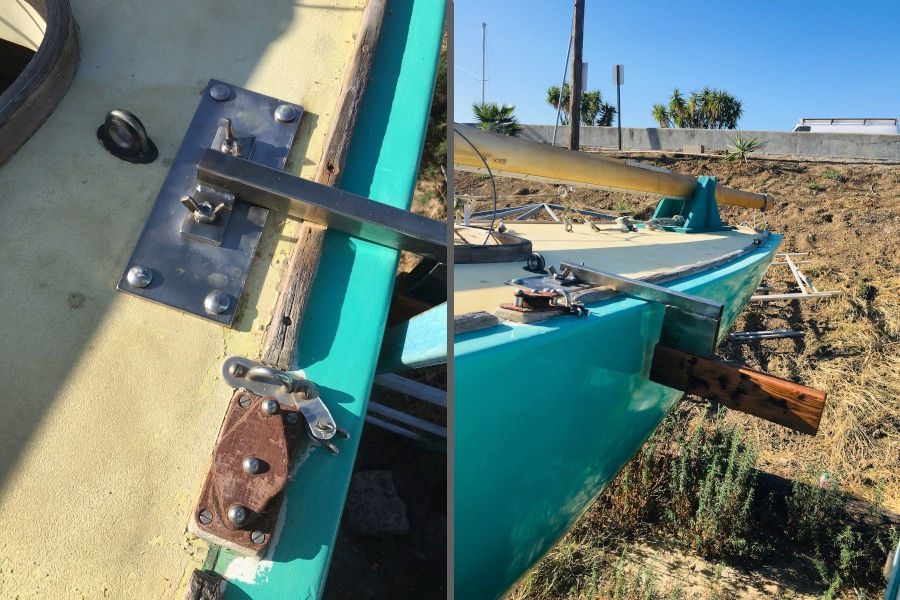Impetuous Fiberglassing
- Alan H.
- Mar 23, 2019
- 2 min read
As noted below, I have a lot of hobbies. They keep me busy but my slow progress on Alpha's rudder was eating at me. So it happened one evening last week, that I decided that I was just going to DO IT and get a layer of 'glass on the rudder. Mind you, I decided this about an hour and a half before dark. I never claimed to have any common sense. Well, I have some leftover very-heavy triaxial glass cloth from my S2 7.9 rudder build but I also have several packages of 16 ounce biaxial roving that lord knows where I got it, I've had it for years. I decided that 1.) the biaxial was plenty strong enough and 2.) I only had to tear open the package for the biaxial cloth, but to get to the triaxial I had to dig under my workbench for the box, unwrap the box, un-tape the paper that the cloth was wrapped in, and unroll the cloth itself. That was too much work, so the biaxial roving got the nod. Truth is, I could have probably used the 6 ounce generic cloth I have lying around, but the biaxial is "beef" so this rudder will be bombproof.
My fiberglassing facility is low budget.. it's my garden fence and the outboard motor stand tipped over on it's side.

I use Marine Epoxy from TAP Plastics with the medium hardener. It's significantly less expensive than some of the big name brand epoxies and it seems to be relatively tolerant of eyeballing the ratios of hardener to resin. I coated the wood first and let it soak in for about 20 minutes. Then I painted on another layer and laid on the cloth, only to discover that it was not ~quite~ wide enough to wrap all the way around the widest part of the rudder. I kept my cursing to a minimum (I can fill in the aft bits with 6 ounce stuff) and just made sure I got a good bond all 'round. I missed a couple of little places and the trailing edge is hardly perfect, but bonding is generally good and it doesn't seem like I used way too much epoxy.
Here's what the flash looks like after the epoxy has cured.

You can see some of the strips of glass roving I added at the bottom of the leading edge to reinforce where the loads on the pintle will be.

Generally, bonding was good over the vast majority of the rudder surface. I've used my small rotary cutter to remove the flash, and that lifted bit of roving at the trailing edge. As I write this blog entry, the epoxy at the bottom to fill those two bits of incompletely bonded cloth are kicking off and there's a first layer of fairing compound in epoxy curing over most of one surface.
Next blog post will be about the bits and bobs of glass used to patch in the uncovered parts, and then massive quantities of sanding to make it as smooth as a baby's bottom.





Comments